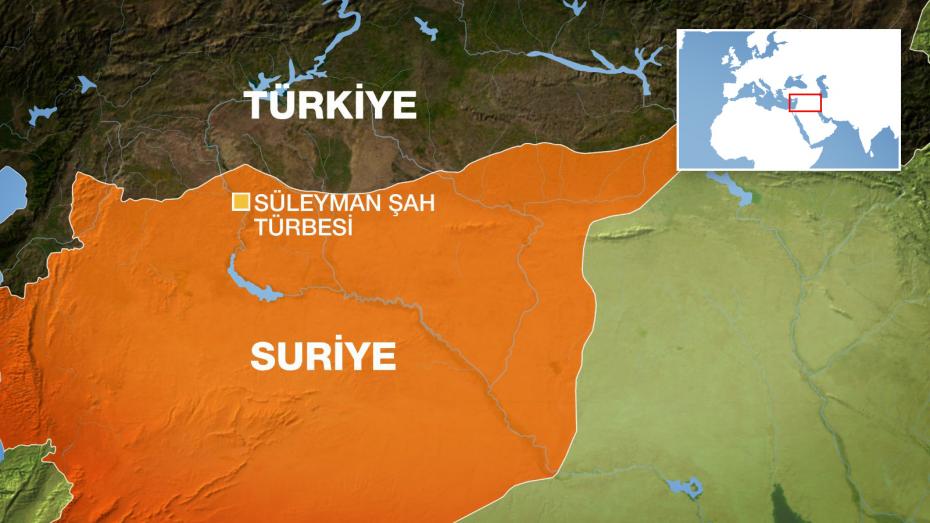News
WHAT'S

GAU Member of The Faculty Publishes International Research Report on Suleiman Shah Tomb
The research report of GAU International Relations Department Faculty Member - Dr. Can Kasapoğlu, that evaluates the tomb of Suleiman Shah which is a part of Turkey that remains in Syria with historical importance, threat of ISIS (with the new name ID-Islamic State) regarding the Respect Station and Ankara`s military options, is published by the Centre for Economics and Foreign Policy Studies (EDAM), an independent think tank based in Istanbul.
The summary of the research report composed by GAU International Relations Department Faculty Member - Dr. Can Kasapoğlu is as follows:
The Research report evaluates the Suleiman Shah Tomb which is a part of Turkey that remains in Syria with historical importance, threat of ISIS (with the new name ID-Islamic State) regarding the Respect Station and Ankara`s military options.
Within the specified framework, Ankara reinforcing the Special Forces station with elements, supporting artillery and armoured troops in the border regions with components and the Turkish Air Force being on the alert against the possibility of an intervention, show that Turkish administration displayed a good performance by taking military measures.
It is considered that in case of a possible intervention the geographical factors will create significant benefits for Turkey. First, the tomb and police station which is about 30 km away from the Turkish border, is within the firing range of artillery; and again, in this context, this allows the aircraft of the Air Force to react for intervention (from bases in Diyarbakir and Malatya) within a few minutes. In addition, the possible areas of intervention, provide quite limited natural protection to ISIS militants.
Turkish Special Forces which are among the world`s most elite troops in terms of their combat capabilities and moral motivation, is a factor that will increase the strength of the police station in case of a possible attack; and mission and capabilities of Special Forces, constitute a significant advantage in terms of our military intelligence activities to assess the probability of an attack. In addition to those mentioned, the Turkish military deployed in the border areas pose a deterrent force.
However, there are also some considerations that need to be taken into account. First of all, the possible area of intervention is a complex structure with sensitive balances for Ankara in the context of “friend or foe” elements. Especially, the region where groups close to the PKK and ISIS militants are in conflict at the same time can entail major problems in case of a necessary land invasion.
Secondly, a possible air campaign also raises the risk of the Syrian air defense systems and fighter aircraft. Syrian air defense forces have some threatening weapon systems, although not the latest technology in the global military scale. Again in this context, MiG-29 fighter aircraft in the Syrian Air Force inventory and Mig-25’s which are rumoured to be operational again, are the risk factors that should be taken seriously.
Thirdly, at a possible operation in order to protect the Suleiman Shah`s tomb, if the assault helicopters held in the inventory of Land Forces are used, “man-portable air defense systems" (MANPADS) used by ISIS militants and groups close to the PKK, should be considered effective at low altitudes and particularly against helicopters.
In addition to all of these factors, the most major risk that Ankara could face is reaching to the surviving pilot or pilots in case of a falling air member (plane or helicopter) for any reason before the enemies and returning them to their country. Such risks are not associated with strong air defense systems. For example, during the Libya Operation in 2011, an F-15 pilot was forced to leave the plane that crashed due to a failure and was rescued by combat search and rescue forces.
Finally, the report makes an assessment about NATO`s role on the mentioned shrine and the police station which belongs to the Turkish territory. The report remarks that Turkish territory within the framework of International Law status is enough for NATO defense guarantees and argues that in reference to "emerging threats" perception of the North Atlantic Alliance, the mentioned threat caused by an asymmetric element subject will not be an obstacle in terms of the NATO defense guarantee

